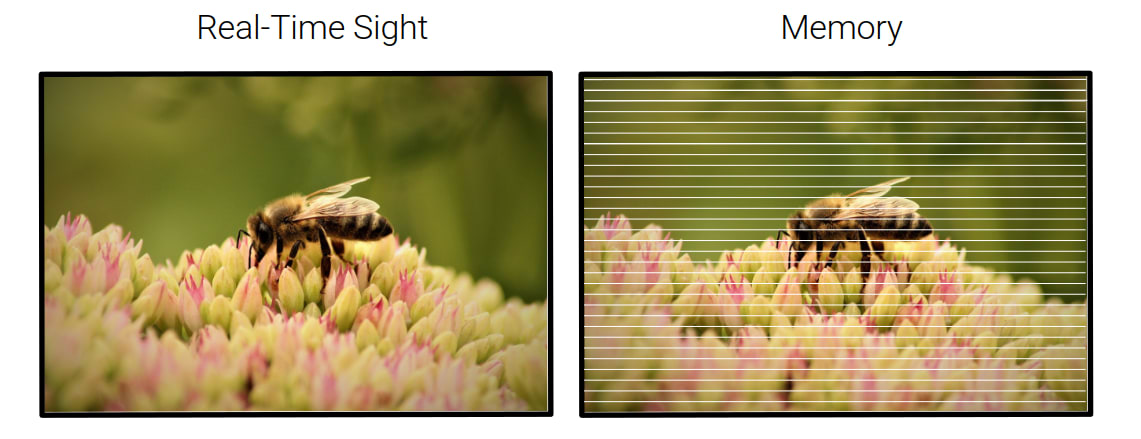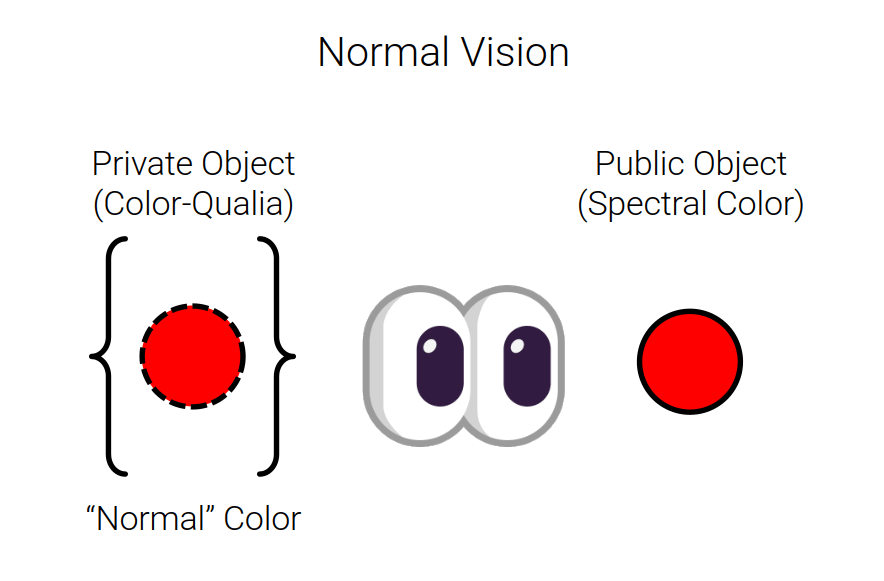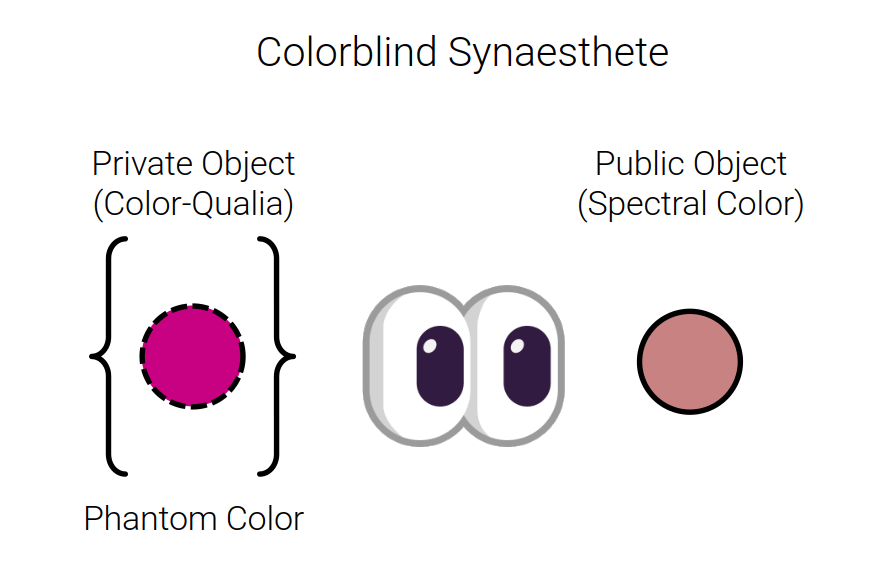Published on May 16, 2025 4:36 PM GMT
Phenomenology is a philosophical discipline that seeks to understand and describe human experiences as they are perceived. It always was a difficult topic to explore as people struggle to even understand what is being discussed; it does not attempt to study conscious experience the way psychology or neurology do. Instead, it seeks to determine the essential properties of experience, as in, from the point of view of the individual observer. The main limitation of the discipline is that it is not exactly a good match for the scientific method as experiences are by their nature private, and, therefore, they cannot be observed and studied experimentally, or so it seems.
The condition of being able of experience things is called sentience. A sentient mind is an entity that possesses a point-of-view that experiences and “feels” things, this is a distinct property from, for example, self-awareness. It is possible to experience things while not being self-aware, like in a dream. The opposite, on the other hand, is generally believed to be impossible, though we cannot really be sure, but it is hard to conceive what, exactly, a being that is not sentient is even supposed to be aware of.
The “atoms” of experience are called qualia, basic instances of subjective, conscious experience. Examples of qualia include, for example, the sensation of suffering that is caused by pain or loss, the smell of a flower or the redness of an apple.
One of the leading idea in phenomenology is something called direct realism, it is the idea that our senses give us direct experience of objects as they really are. It is probably the most minimalistic view of experience, as it essentially denies the existence of any “interesting” aspect of sentience altogether. Direct realists are usually hard materialists who only believe in the physical world and state that experiences are simply “the way the world appears”. Direct qualia possess a straightforward relationship with the physical phenomena that cause them: if a foot taking a step is a phenomena, its direct qualia is the resulting footprint on the wet sand (the beach being the human mind in this example).
Modern neurology has documented a handful of real-world phenomena that seem to be incompatible with DR, I find this quite exciting as these investigations might point us to better methodology to further a field that, up until this point, has been almost completely left out of the experimental sciences.
Memories & Hallucinations
If we are directly acquainted with external objects, then things like hallucinations and dreams must be qualitatively distinct, or even “less so”, from our real-time experience of the world. Many people will agree that we can clearly tell apart these different experiences in our everyday life, and that things like dreams do not feel anything like waking experience.

On the other hand many people who experimented with DMT will happily tell you that, while chaotic and bizarre, their experiences while tripping do not feel any less real that waking life. Similarly, people that have lucid dreams will often describe them as more intense experiences that everyday life, and some people that have hallucinations struggle due to the difficulty from telling them apart from real life.
Synaesthesia and Vision defects
Perhaps more interesting, some neurobiological observations suggest that qualia might have a dignity of their own and exist independently of our sensory data. Synaesthetes are people that naturally experience a neurological phenomenon where a specific sensory stimuli leads to involuntary experiences in a different sense. For example, a synaesthete might experience colors in their field of vision while listening to music, synaesthesia involving colors seems to be the most common type.
Due to random chance some synaesthetes are also color-blind, some of these people report experiencing phantom colors. The human eye has three types of color receptors segregated inside individual cone cells, if for each of these receptors there is a specific color qualia inside the mind then it is possible that a person with a missing receptor might experience certain types of color qualia only as hallucinations (or dreams, or synaesthetic events). So, while a person with normal sight has a 1-to-1 correspondence between color stimuli and color qualia ...

a color-blind synaesthete might have a more complex relationship between sight and their visual experience. In one case the experience of the phantom color was so otherworldly that the user, unable to match the qualia with anything perceptual, called it a “martian color”.

It is worth mentioning that the evidence is rather sparse, I found only one paper on the topic and another mention of the phenomenon in the book “The Tell-Tale Brain” by Ramachandran. However, if this evidence were to be confirmed it might spell the end for DR and point the field in a direction where a more proper experimental methodology can be derived.
Discuss

